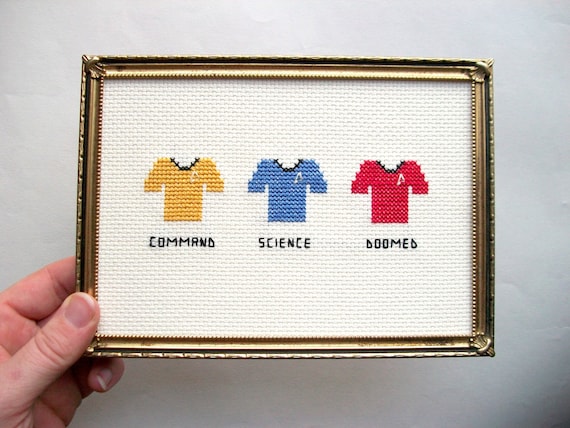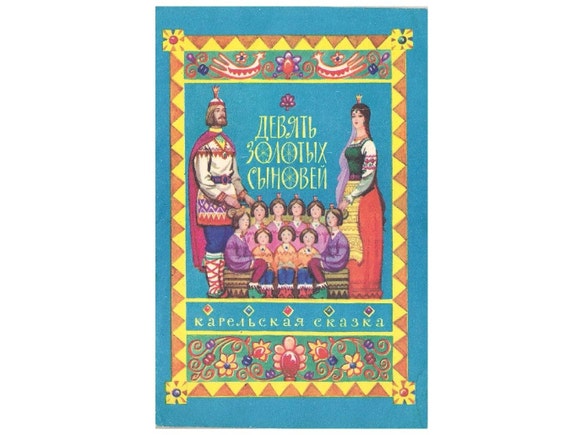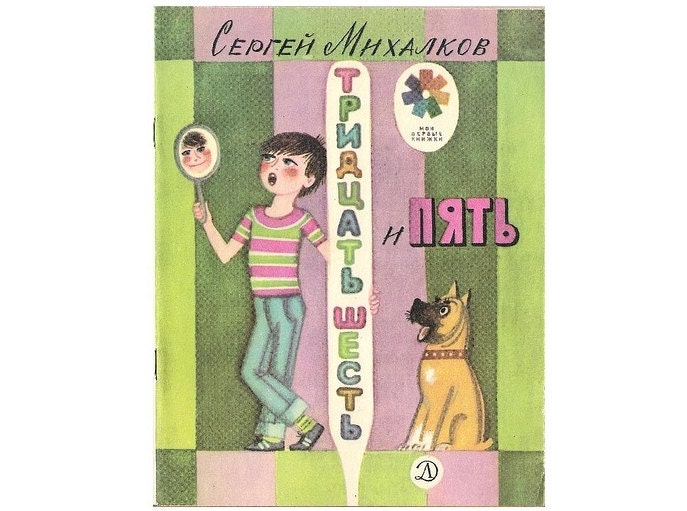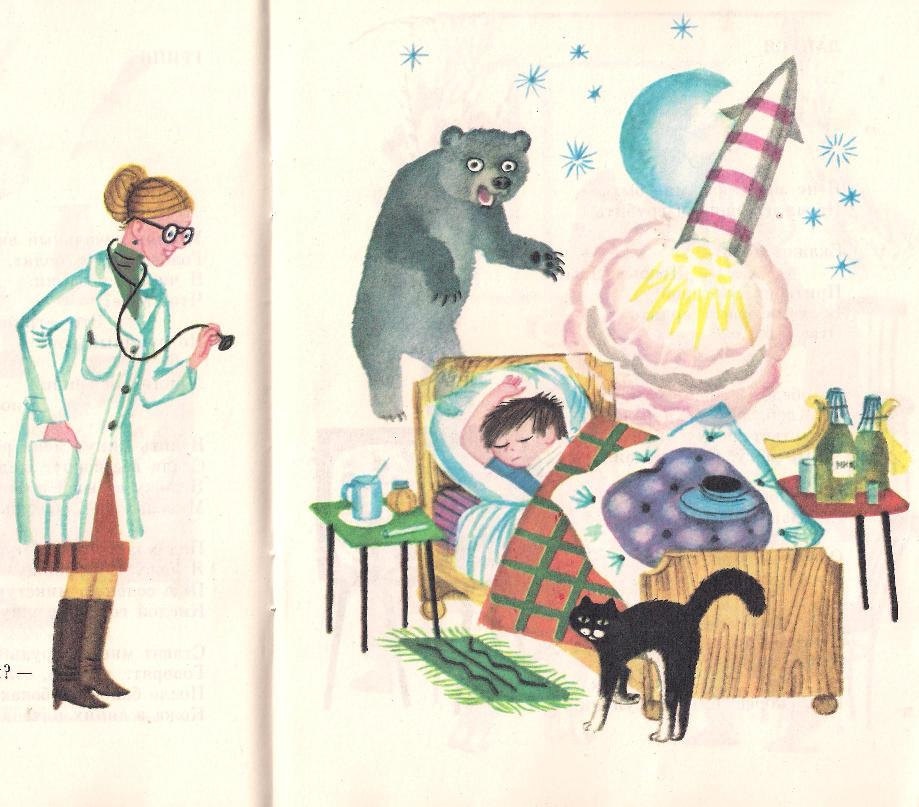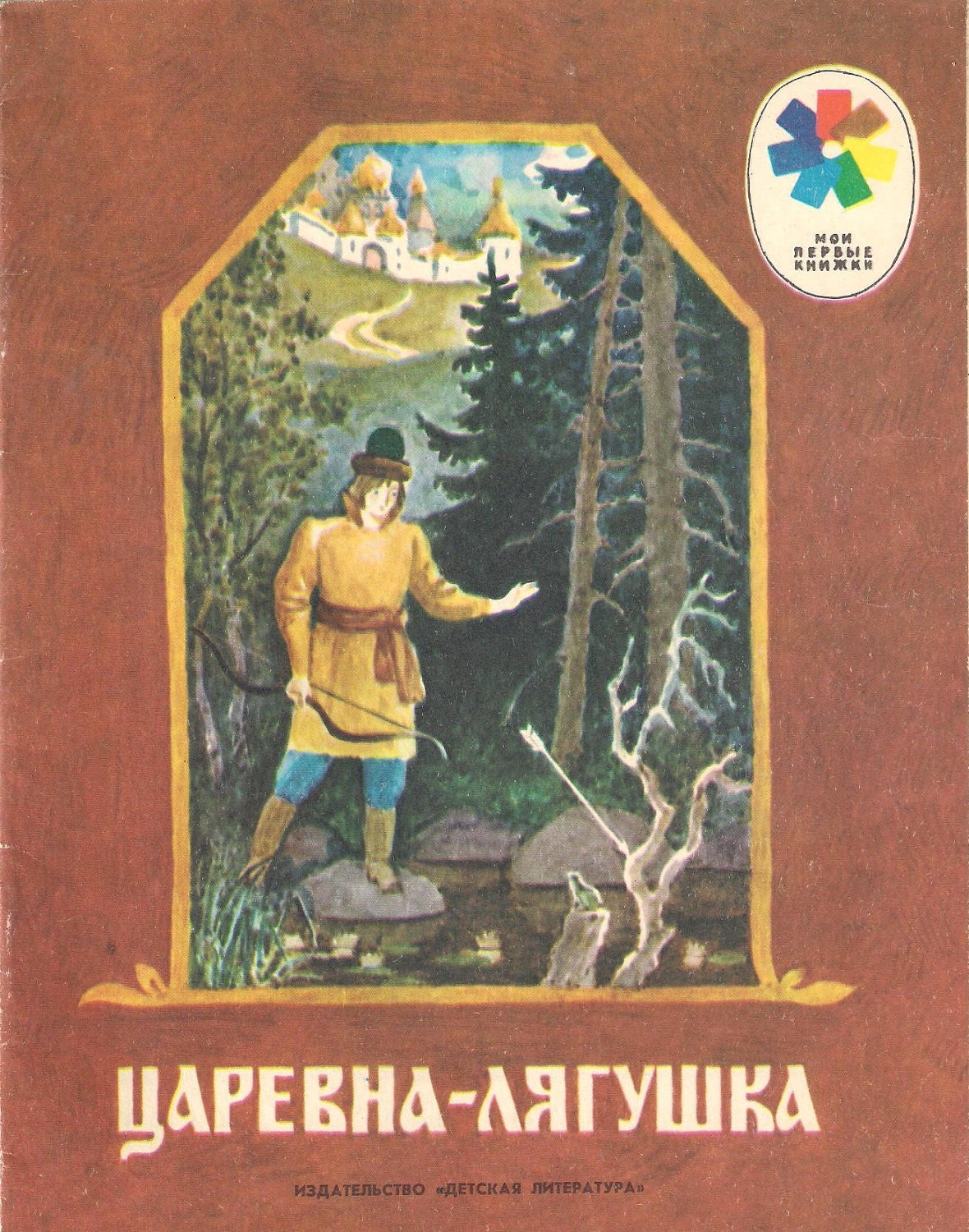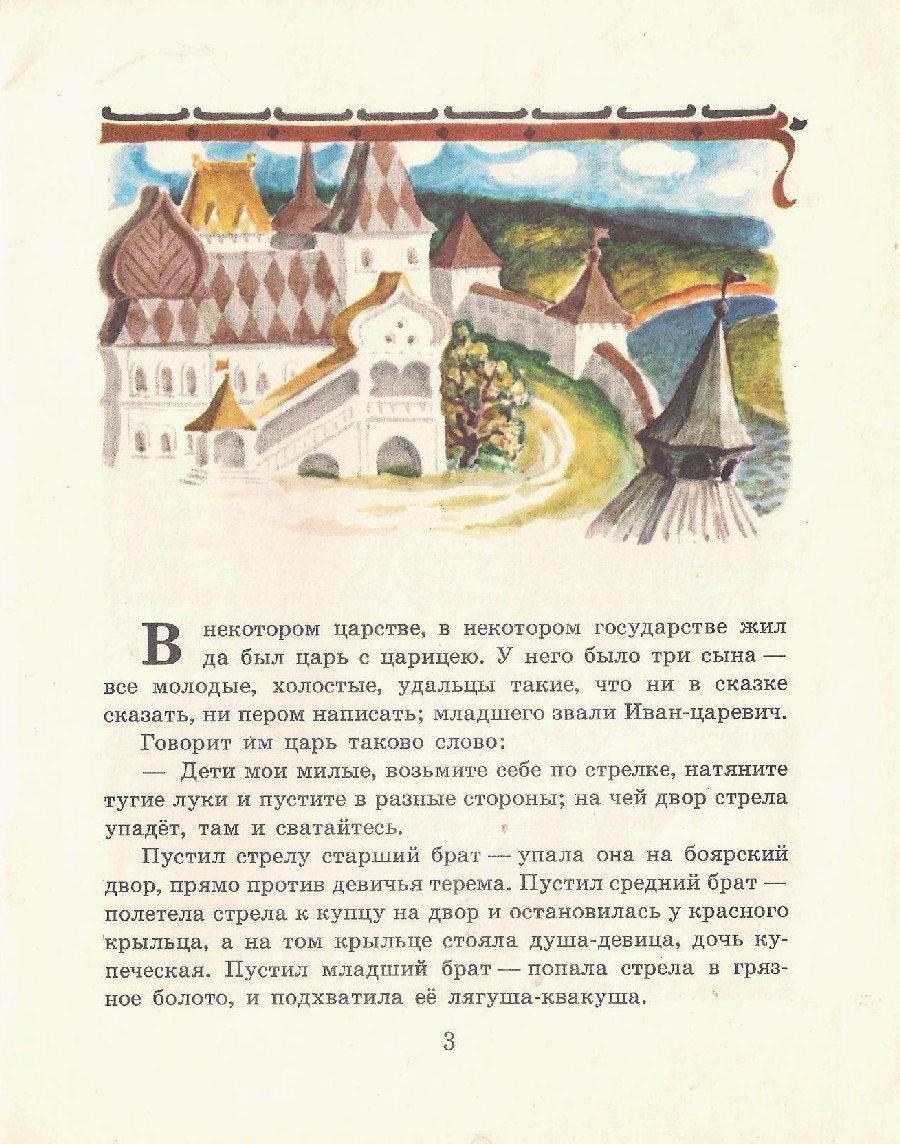The really interesting and needs to post more often
Natalie Patalie just handed me a Liebster Award, so first of all: hooray! It's always nice to know that you're being read.
The Liebster Award isn't an official award, like The Bloggies (can I just say I hate that name?). It's more like a morale/signal booster; the idea behind a Liebster Award is to discover new blogs and to promote the lesser-known bloggers in your feed.
This seems to be the first, or one of the first, instances of "Liebster Award" meme and its rules, which have changed slightly from 2010 to now. Today:
- Nominee posts award on their blog.
- Nominee links back to the nominator’s blog and of course thanks them.
- Nominee answers 11 questions nominator ask of them.
- Nominee then nominates 11 new bloggers they deem worthy with about 300 followers or less. Make sure to let them know.
- Nominee poses 11 questions for their nominees to answer.
The first instance required only 3 to 5 blogs to be nominated, with fewer than 3000 followers, and didn't have any survey questions involved.
That's right, I'm such a goddamn pedant that I can't even blithely accept a tag in an Internet meme without wanting to know its origins.
Anyway, now that I've combed Natalie's list and added some new faces to my feed, it's time for me to pass it on!
1. First of all, my Liebster Award picks:
- Rae (she of Project Rae) is the only quilting blogger I will ever read, not only because I know her "for real" but also because she quilts. I like blogs whose craft (if there is one) is totally different from my own. She is also probably the most interesting and vibrant quilt blogger around. Also: books.
- Myst is a fellow American expat whose periodic photo entries remind me that I need to make a trip back to the UK soon. She is also the super-organized mastermind behind the Glossop Events Calendar and Newsletter, if any of you happen to NOT be Myst but are also reading this from Glossop!
- Peter from Peter's Puppets is a fellow member of the Mom's Basement team on Etsy, and basically I'm tagging him because 1) another totally different craft and 2) he blew my mind with his M(aster of P)uppets post. Seriously, if you get nothing else from this post, read that link and then try it at home.
- Enkiae at Figures of Korean History. I regret nothing (or well, almost nothing) about my life choices to date, but there is still a Korea-shaped hole in my heart and times where I wish I could go back. K-blogs help to fill that hole, plus Enkiae is a cool dude.
- Ele at The Ongoing Saga of Minouette is a fellow member of The Mad Scientists of Etsy and produces incredibly clever and well-researched linocuts of famous scientists, animals, constellations, and more.
- Ulixis is another Mad Scientist and when she is not super busy has gorgeous photo updates of her collage journals! This sounds boring but seriously—I always find myself lingering on her pictures in my feed, her art is a delight.
- And finally, Jaclyn Paul blogs on writing, blogging, and the creative process in general. (And also: books.) Excellent reading for anyone who blogs or considers themselves a writer (or Writer).
2. Natalie's questions.
Because I like surveys!
1. How would you describe your blog in 3 words?
Arts and maths? Science, jewelry, books? Things I like? Crafts, maths, Sweden?
"I don't know."
2. What's the first thing you'd do if you won 1 million dollars?
After dumping a chunk in savings, taking a round-the-world vacation.
3. What's the best advice someone gave you?
There are two, actually.
The first came from a dear friend when I lived in Korea, Gay Expat Bob (who has since moved back to Utica, whose presence in the NEST community in South Korea will be sorely missed). We were at a social event, I don't know what, and he told someone unhappy in their work: "There is always another job."
Not sound advice for every economy, but definitely very sound regarding the English-teaching market in South Korea. I remembered that advice later when I was working at a nightmare school, and without it I don't know if I would have quit and been able to spend a year at a wonderful, fun workplace in my Korean "hometown" and with the time and energy to go out with my friends.
The other piece I think is a good heuristic for life in general, and it comes by way of a member at a small forum I frequent (though I haven't heard word from him in years): "The key to having a happy life isn't to figure out what will make you happiest and pursue that; it's figuring out what makes you miserable and then making sure you avoid that at all costs."
4. Describe what would happen on a perfect day for you (being realistic here!)
I would have nothing to do but proofreading work. After blasting through 5 or 10 papers (and finding ALL OF THE ERRORS on the first go, of course!), I would spend the rest of my day at the crafting table I don't have yet, working on some new designs or maybe filling a custom order. Maybe take a break from that to write a novel that is perfectly easy and fun to write, all the time, no matter what. Then dinner and TV with JV, followed by some reading or video gaming.
I'm pretty easy to please, all told.
5. What's something you're really passionate about, other than blogging?
Being right! To phrase it less aggressively: the truth. (The whole truth, and nothing but the truth, so help me God.) I want to know the heart of the matter, whatever it is, instead of the hype and the FUD.
Not being a racist, sexist, homophobic, or otherwise hateful bigot is also pretty important to me.
6. If you had a theme song for your life, what would it be?
The person who can pick just one song to answer a question like this has no soul. Songs that I feel like apply to my life story at any given moment:
In a session they recorded in
1997. Dang.
"You've got more than money and sense, my friend. You've got heart, and you're going your own way."
Granted, most days I don't act as badass as Joan Jett. But it's how I feel on the inside that counts, right?
I don't actually know this song from
Everything is Illuminated (I've read the book but have never seen the movie). I have a songbook at home, with hits performed by
Harry Horlick and the A&P Gypsies, and "Bublitchki" is one of my favorites from it. This version by Gogol Bordello is basically the perfect song for when you feel ridiculous, and I feel ridiculous a
lot. It is particularly good for mornings after drunken debauchery.
7. Who in your life has personally influenced you the most?
Influence is such a difficult thing to trace. It's impossible to isolate certain parts of my personality or beliefs and say, "This comes from so-and-so." I assume, like every human, the biggest influences in my life have been the people who raised me: Lawyer Mom and my dad and the babysitter who watched me and my brother as wee ones. I can't point directly to any influence, but that would be like trying to point out air.
The one person whose influence I can isolate and identify is JV. Many of my interests now (autism, Linux, and feminism, among others) spring directly from our conversations, even just from knowing him. Most importantly, though, he is also really passionate about being right the truth; any opinion he has is usually the result of hours of research and carefully-considered judgment; if it's ~just a feeling~ he's willing to admit it. As a result our conversations and debates are incredibly fruitful and thought-provoking.
8. Where would your super secret home base be located? (Top of a mountain? Bottom of the ocean? Go Crazy!)
Part of me wants to have an underground caverns lair, in something stupendous like Carlsbad Caverns or Mammoth Caves, but then part of me remembers how delicate speleothems are and how so many
endangered bats need those cave habitats, and I feel bad.
Where's question 9??
10. What stereotypically nasty food do you secretly (or not so secretly) love?
SPAM!! My love for it is definitely not-so-secret, hahaa.
I never had SPAM growing up; I didn't actually have any until I lived in Uijeongbu, South Korea, the home of budae jjigae, or "army base stew." Budae jjigae is your standard Korean jjigae with the weird not-so-meaty byproducts found in American military MREs: hot dogs, low-quality sausages, and SPAM. I love budae jjigae and
especially I love SPAM.
11. What's your biggest talent?
It's hard to pick one that stands out. Not because I am awesome at
everything, but because there's nothing I do so superlatively well that I can say, "This is my greatest strength."
I think, more than most other people (but not as much as, like, Gandhi), I'm capable of empathizing with others and walking a mile or two in their shoes.
I also think I was a damn good tour guide, back when it was my job.
3. My questions for the people tagged!
- What were/are your favorite books in (1) elementary school, (2) middle school, (3) high school, and (4) right now? (Yes, that's four questions in one. I AM A RULE-BREAKER IDGAF.)
- What is your favorite punctuation mark?
- What accomplishment are you most proud of? Why?
- What is (1) one criminally underrated movie and (2) one criminally overrated movie?
- Are there any "personality type" models you ascribe to? (Enneagrams, MBTI, etc.) If so, how does your "type" describe you—are you typical, atypical, split between two, etc.? If not, take an Internet quiz on the topic and discuss your results. Or you can abstain and explain why this isn't your thing.
- What "terrible" band or song do you totally and unabashedly love?
- You've won an all-expenses-paid month-long vacation to any single destination in the world. Where do you go? Who do you take with you? What will you do?
- What is one piece of pop culture (anything: TV, books, movie, band, video game, comic, board game, etc.) that everyone else you know loves but you can't stand?
- If you were asked to teach a class, what would it be on? What would be on the syllabus? What would the classes and assignments be like?
- What's your favorite comfort food/drink/snack?
- You have the power to resurrect one member of the 27 Club. Which one do you pick?







